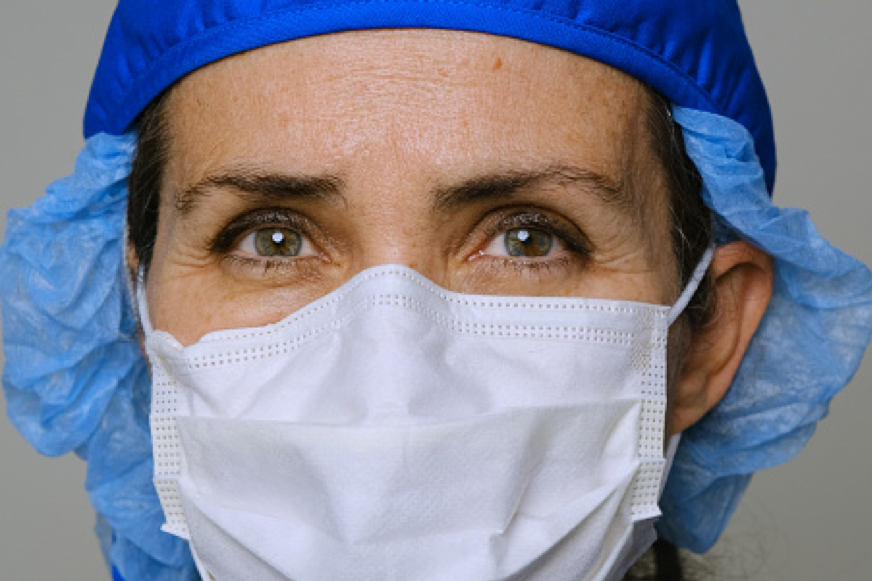Protect Your Skin & Prevent Pressure Injuries
As the use of PPE by healthcare professionals dramatically increases, we have also seen a positive correlation to a significant rise in the issue of personal protective equipment- (PPE) related skin injuries.


Whilst caring for patients affected by COVID-19, you're likely to work for longer hours and wear more extensive PPE than ever before1.
And it is in this reality that facial skin damage has become a common problem, as caused by wearing facemasks (respirators) for extended periods.
In fact, issues of burning, itching, erythema, papules, maceration, friction and pressure-induced damage are frequently reported.
As such, it is important to remember that even during challenging times, your own health and safety are important too.
Prepare your skin for PPE use
In a timely guest editorial published by Professor Amit Gefen*, who was Chair of the Global Panel of Experts, as a follow-up to the 2020 International Consensus Document on Device-related Pressure Injuries, it is explained that, ‘Mask materials mechanically indent and damage facial skin, an effect that is further compromised by perspiration’2. This sort of skin damage can put you at an even greater risk for medical device-related pressure injuries (MDRPI), as well as infections.
In response to the current situation, NHS England and NHS Improvement published new guidelines titled, Helping prevent facial skin damage beneath personal protective equipment on 9 April 2020. The key message is to keep skin clean and hydrated or moisturised, use a barrier film to protect from moistures such as sweat, ensure use of a correctly fitted mask to prevent pressure, friction and shear, in addition to taking regular breaks from wearing masks, if possible, in order to allow the skin time to recover.
Also, to help mitigate or, at the very least, reduce the possibility of damage to the skin or skin-related injuries or infections, there is a range of products that can help keep your skin safe available to you.
Follow the step-by-step process in this downloadable poster to learn how to properly prepare your skin and help protect it from overexposure to your PPE. You can also share this poster on proper hand-washing and moisturising practices that help maintain your skin’s natural barrier, and check out this product guide for tools you can use to help reduce medical device-related pressure injuries.
Please note, if you use a prophylactic dressing or other skin protectant products under PPE, it is essential to ensure there is no interference with the efficacy of your PPE. Check out this guide on how to properly put on, take off and dispose of a respirator mask.
Key takeaways
- Before taking care of your patients, take the time to take care of yourself—and lower your risk for (further) skin damage that can lead to MDRPIs.
- The breakdown of skin under facemasks can compromise the skin’s natural barrier against bacteria that could enter the skin.
- Be vigilant when using skin protectants in combination with PPE to ensure its integrity is maintained.
*Amit Gefen, PhD, is a professor of biomedical engineering at Tel Aviv University, former president of the European Pressure Ulcer Advisory Panel, and a Medline consultant.
References
1 https://metro.co.uk/2020/02/05/medics-left-sore-marks-skin-coronavirus-face-masks-12188952
2 https://www.o-wm.com/article/skin-tears-medical-face-masks-and-coronavirus
